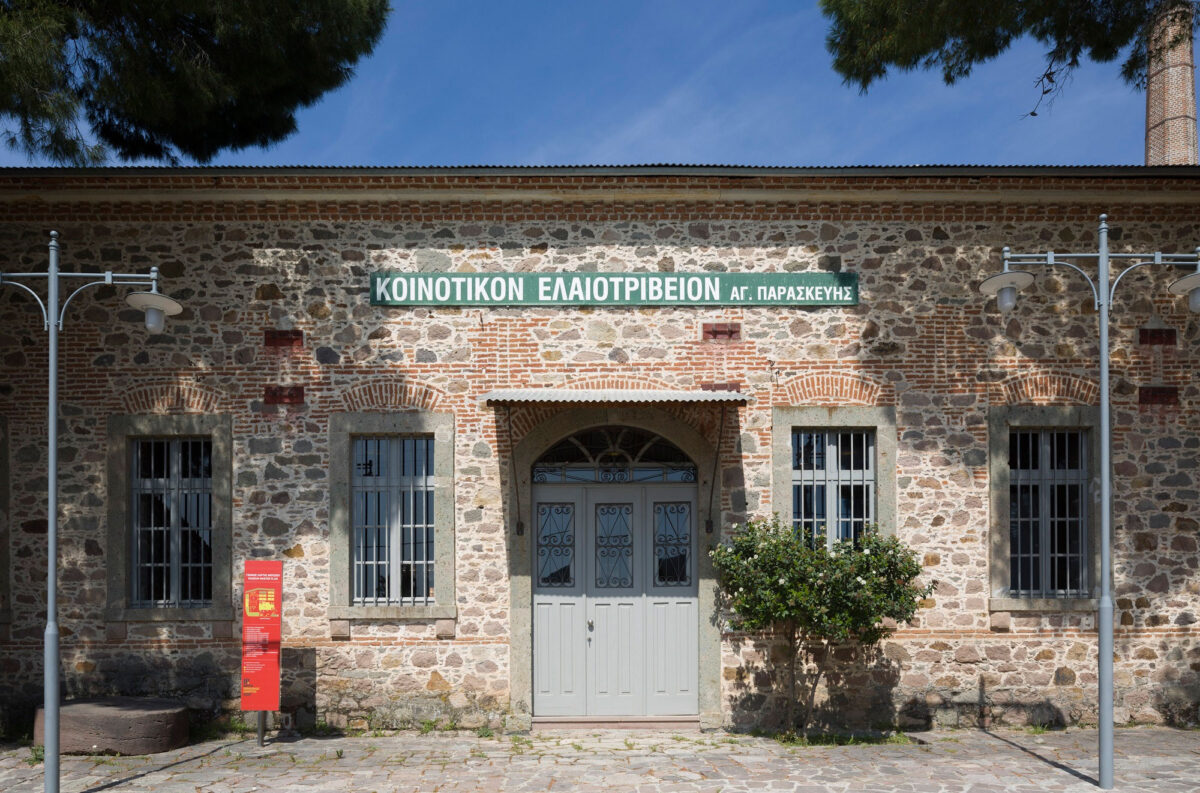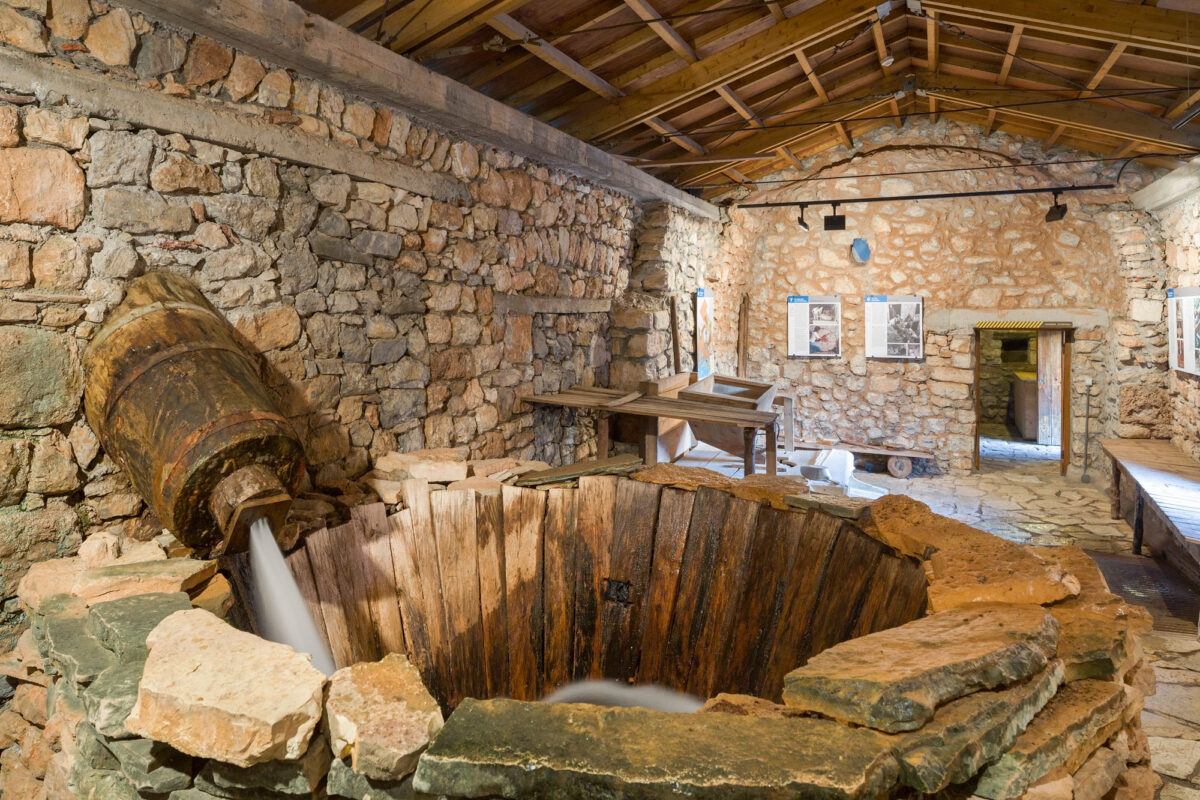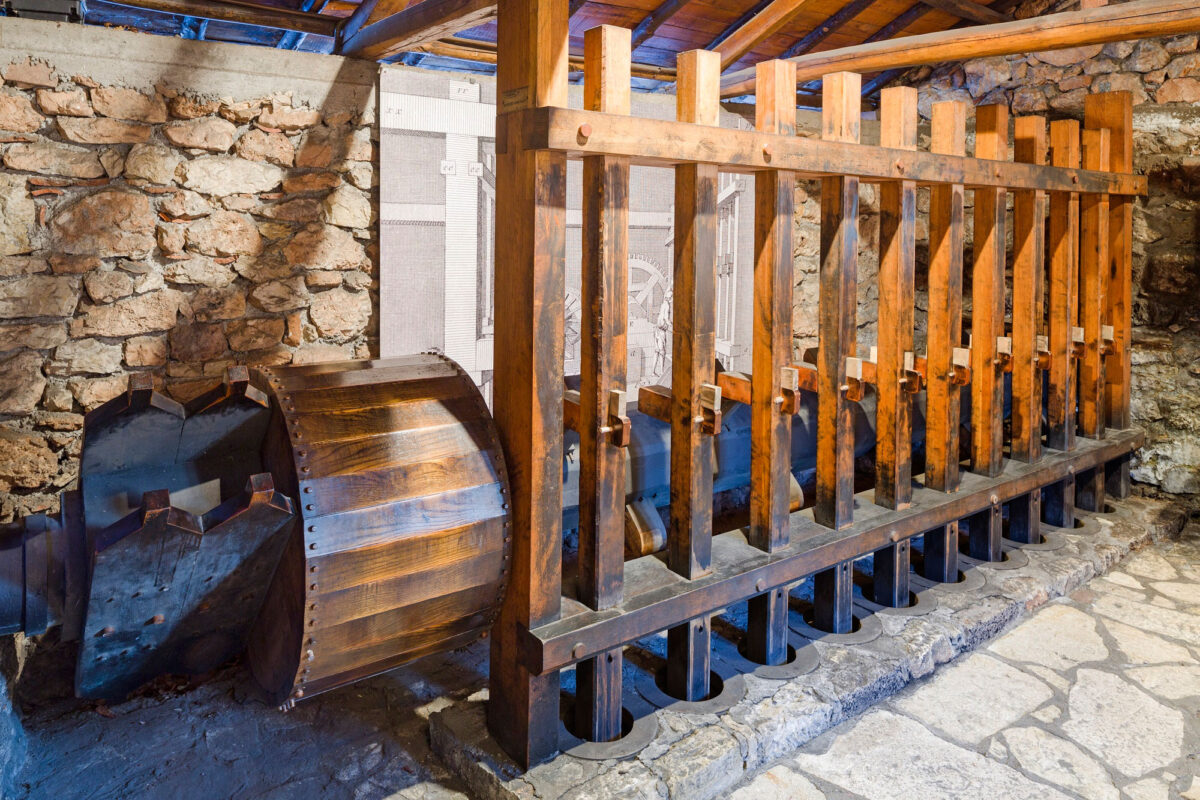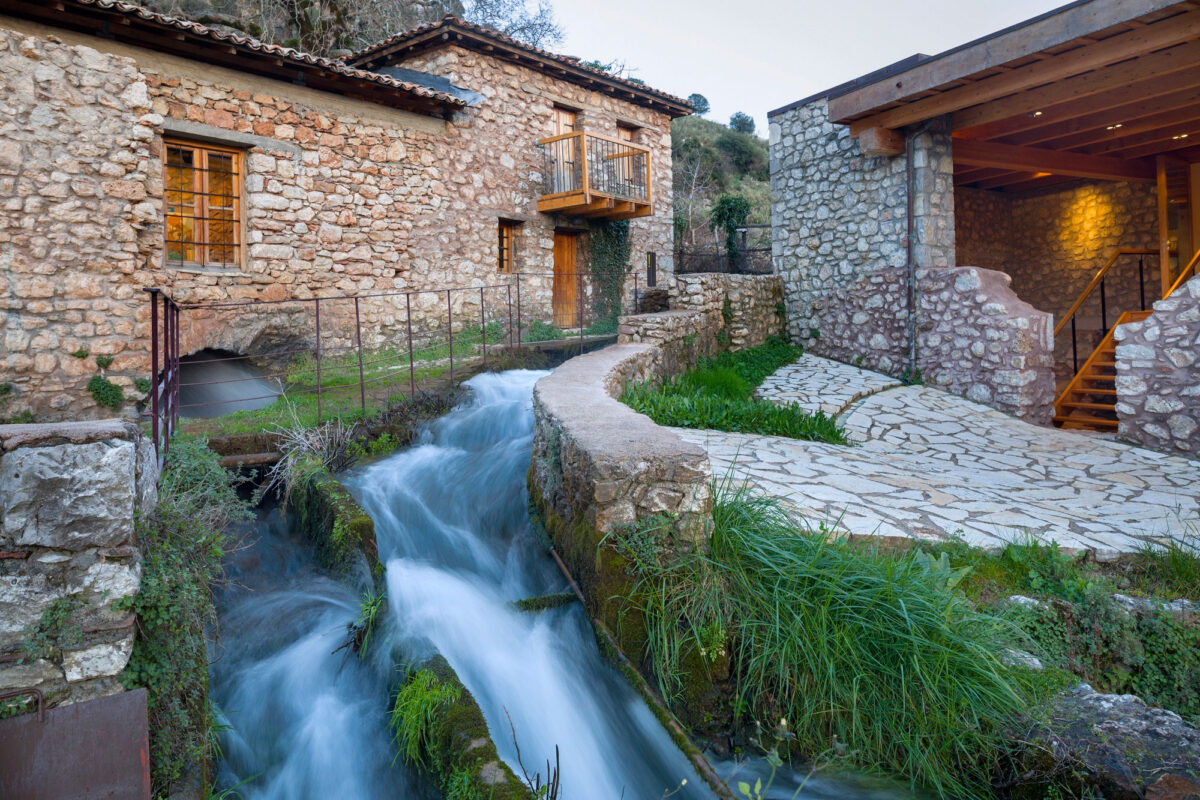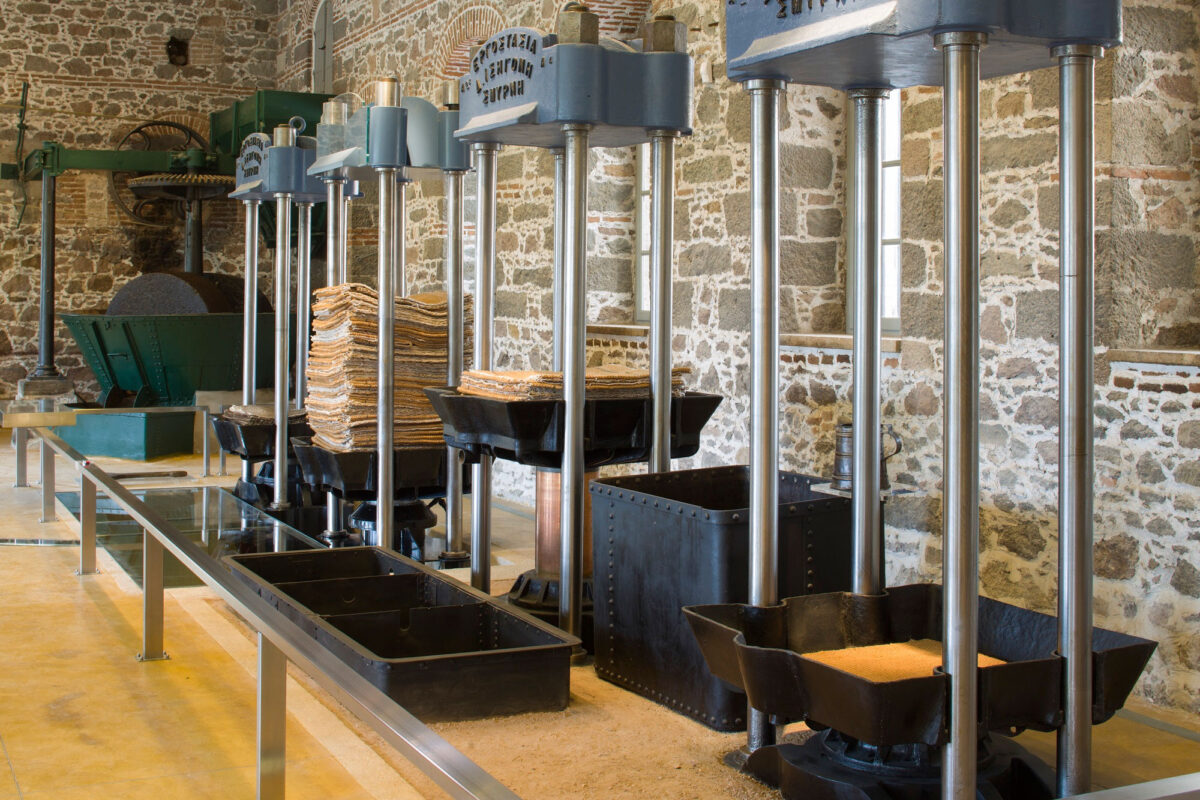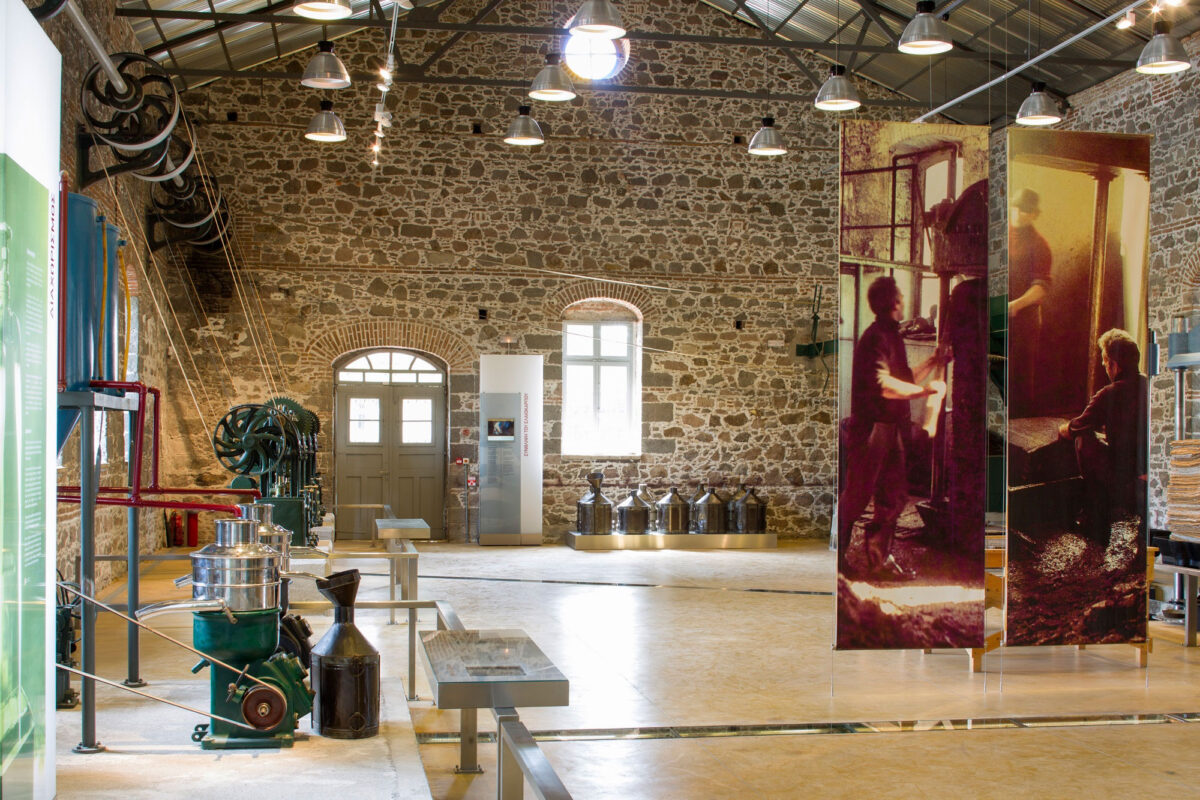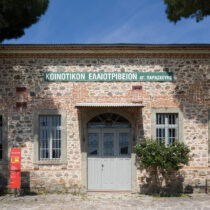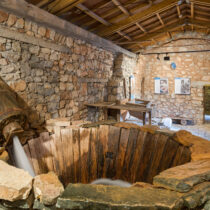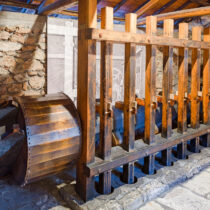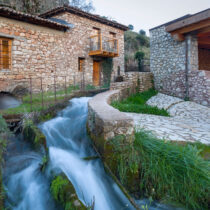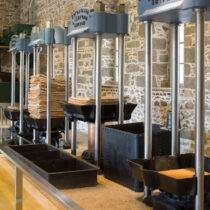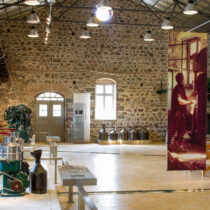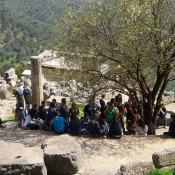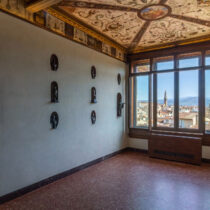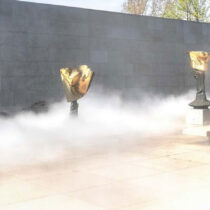The Museum Council of the Ministry of Culture unanimously issued an opinion in favour of the recognition of two thematic, technological museums in the Museum Network of the Piraeus Bank Group Cultural Foundation (PIOP), as part of the museum certification programme.
They are the Open-Air Water Power Museum in Dimitsana (Peloponnese), and the Museum of Industrial Olive-Oil Production of Lesvos. In a previous opinion of the Museum Council, the Ministry of Culture has already recognized two more museums of the PIOP: The Stymfalia Environmental Museum and the N. & S. Tsalapata Brick and Tile Museum.
According to Minister of Culture and Sports Lina Mendoni, “The Ministry continues the programme of certifying and evaluating private museums, which fulfill all requirements in accordance with international good practices. The same process is underway in the public museums. Improving the infrastructure and services of museums provides significant benefits both for the protection of cultural heritage and modern culture, as well as enhancing the experience of visitors.”
The Open-Air Water Power Museum is located in Dimitsana and highlights the importance of water power in a traditional pre-industrial society. Focusing on the basic techniques that utilize water to produce a variety of products connects them with the history and daily life of the local community over time. Visitors can tour the traditional workshops, which are surrounded by dense vegetation and abundant flowing water. The first building houses a fulling mill and a flour mill. Outside there is a cauldron for distilling raki, with a tannery just opposite where the visitor can get acquainted with the successive stages of processing leather. The stone paved pathway leads to a gunpowder mill; a reminder of the part played by Dimitsana in the Revolution of 1821.
The Museum of Industrial Olive-Oil Production of Lesvos is located in the village of Agia Paraskevi. It exhibits the industrial period of oil production in Greece, focusing on the changes caused by the introduction of steam propulsion in the process of producing olive oil. Ιt also focuses on the initiative of the residents of Agia Paraskevi that led to establishing and operating an innovative community olive mill. The aim of the Museum is to promote industrial heritage in the field of olive oil, placing it in the broader architectural, social and cultural context of that time.
The buildings and the mechanical equipment of the steam-powered olive mill have been restored in an exemplary manner. In the factory’s main area, the moving mechanisms and the rich visual and digital material recreate the basic stages of oil production: Crushing the olives, compressing the olive pulp, separating the oil from the water. In the old olive warehouses, moreover, the entire work related to olive production “unfolds” against a background of the social and economic conditions of the time.
